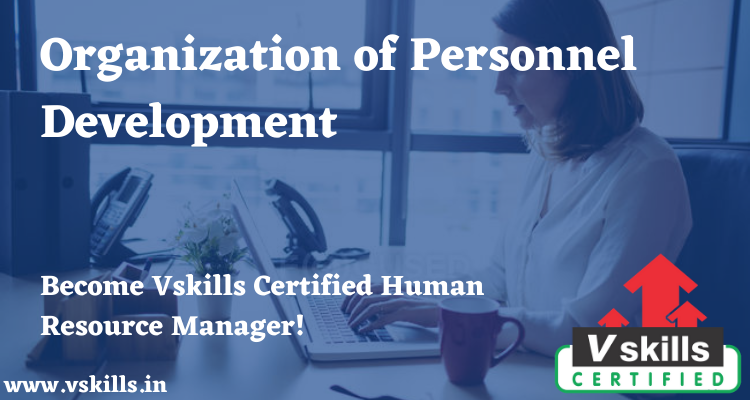Understanding the Organization of Personnel Development in HR
Personal development includes activities that improve awareness and identity, develop talents and potential, build human capital and facilitates employability, enhance quality of life and contribute to the realization of dreams and aspirations. The concept is not limited to self-help but includes formal and informal activities for developing others, in roles such as teacher, guide, counselor, manager, coach, or mentor. Finally, as personal development takes place in the context of institutions, it refers to the methods, programs, tools, techniques, and assessment systems that support human development at the individual level in organizations.
At the level of the individual, personal development includes the following activities:
- improving self-awareness
- improving self-knowledge
- building or renewing identity
- developing strengths or talents
- improving wealth
- spiritual development
- identifying or improving potential
- building employability or human capital
- enhancing lifestyle or the quality of life
- improving health
- fulfilling aspirations
- initiating a life enterprise or personal autonomy
- defining and executing personal development plans
- improving social abilities
The concept covers a wider field than self-development or self-help: personal development also includes developing other people. This may take place through roles such as those of a teacher or mentor, either through a personal competency (such as the skill of certain managers in developing the potential of employees) or a professional service (such as providing training, assessment or coaching).
Beyond improving oneself and developing others, personal development is a field of practice and research. As a field of practice it includes personal development methods, learning programs, assessment systems, tools and techniques. As a field of research, personal development topics increasingly appear in scientific journals, higher education reviews, management journals and business books.
Any sort of development — whether economic, political, biological, organizational or personal — requires a framework if one wishes to know whether change has actually occurred. In the case of personal development, an individual often functions as the primary judge of improvement, but validation of objective improvement requires assessment using standard criteria. Personal development frameworks may include goals or benchmarks that define the end-points, strategies or plans for reaching goals, measurement and assessment of progress, levels or stages that define milestones along a development path, and a feedback system to provide information on changes.
Practice Questions
Q1. What is the primary purpose of personnel development in an organization?
a. To improve the financial performance of the company
b. To ensure employees have the necessary skills to perform their jobs effectively
c. To reduce turnover rates
d. To increase employee satisfaction
Correct Answer: b. To ensure employees have the necessary skills to perform their jobs effectively
Q2. Which of the following is NOT a method of personnel development?
a. Coaching
b. Mentoring
c. Training
d. Punishment
Correct Answer: d. Punishment
Q3. What is the difference between coaching and mentoring?
a. Coaching focuses on developing specific skills, while mentoring focuses on overall career development.
b. Coaching is more formal and structured than mentoring.
c. Coaching is typically done by a manager, while mentoring is done by a peer.
d. There is no difference between coaching and mentoring.
Correct Answer: a. Coaching focuses on developing specific skills, while mentoring focuses on overall career development.
Q4. Which of the following is a disadvantage of on-the-job training?
a. It can be expensive to implement.
b. It can lead to employees developing bad habits.
c. It is not effective for developing complex skills.
d. It takes employees away from their work.
Correct Answer: b. It can lead to employees developing bad habits.
Q5. What is the first step in the training and development process?
a. Conduct a needs assessment
b. Develop learning objectives
c. Design the training program
d. Implement the training program
Correct Answer: a. Conduct a needs assessment



